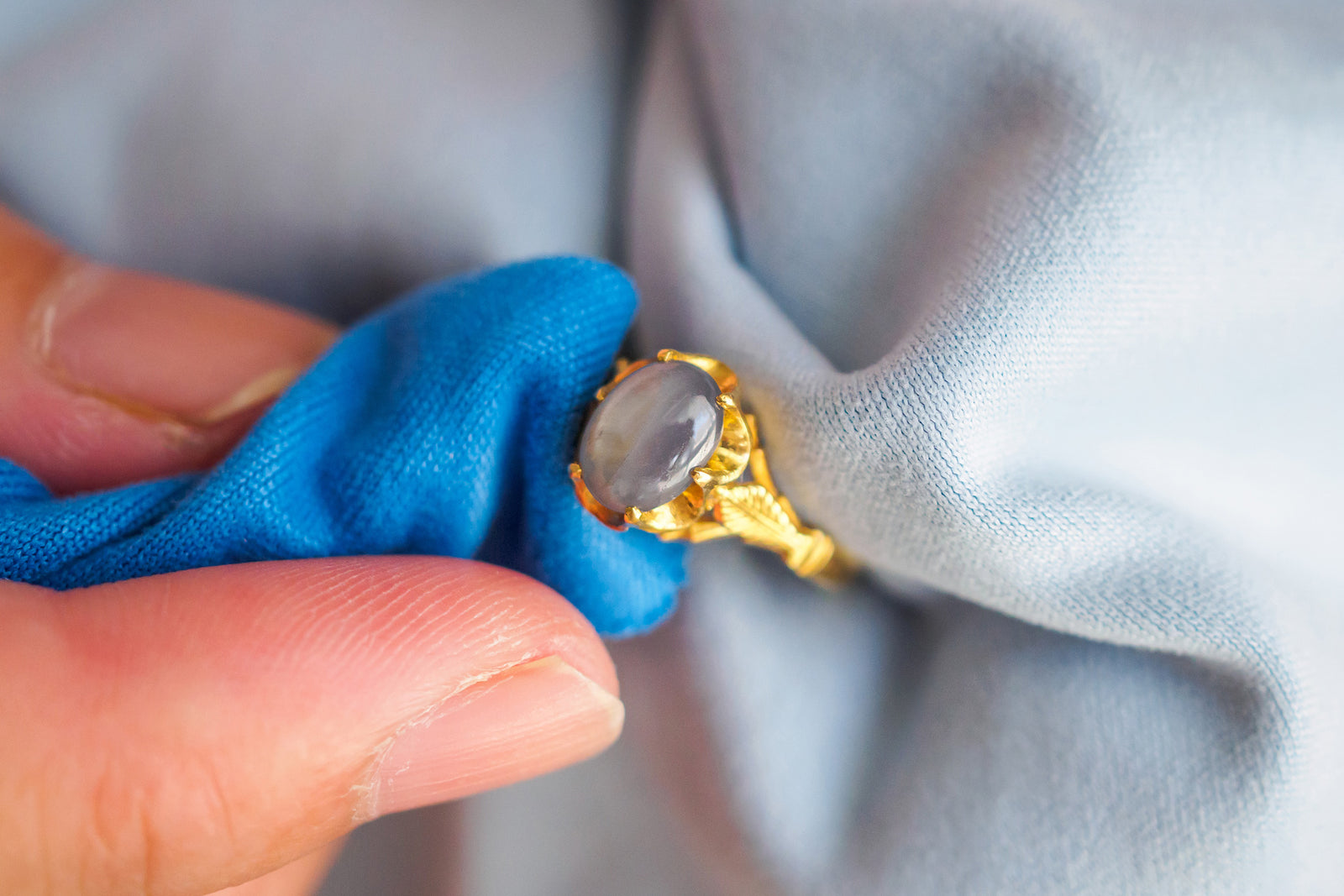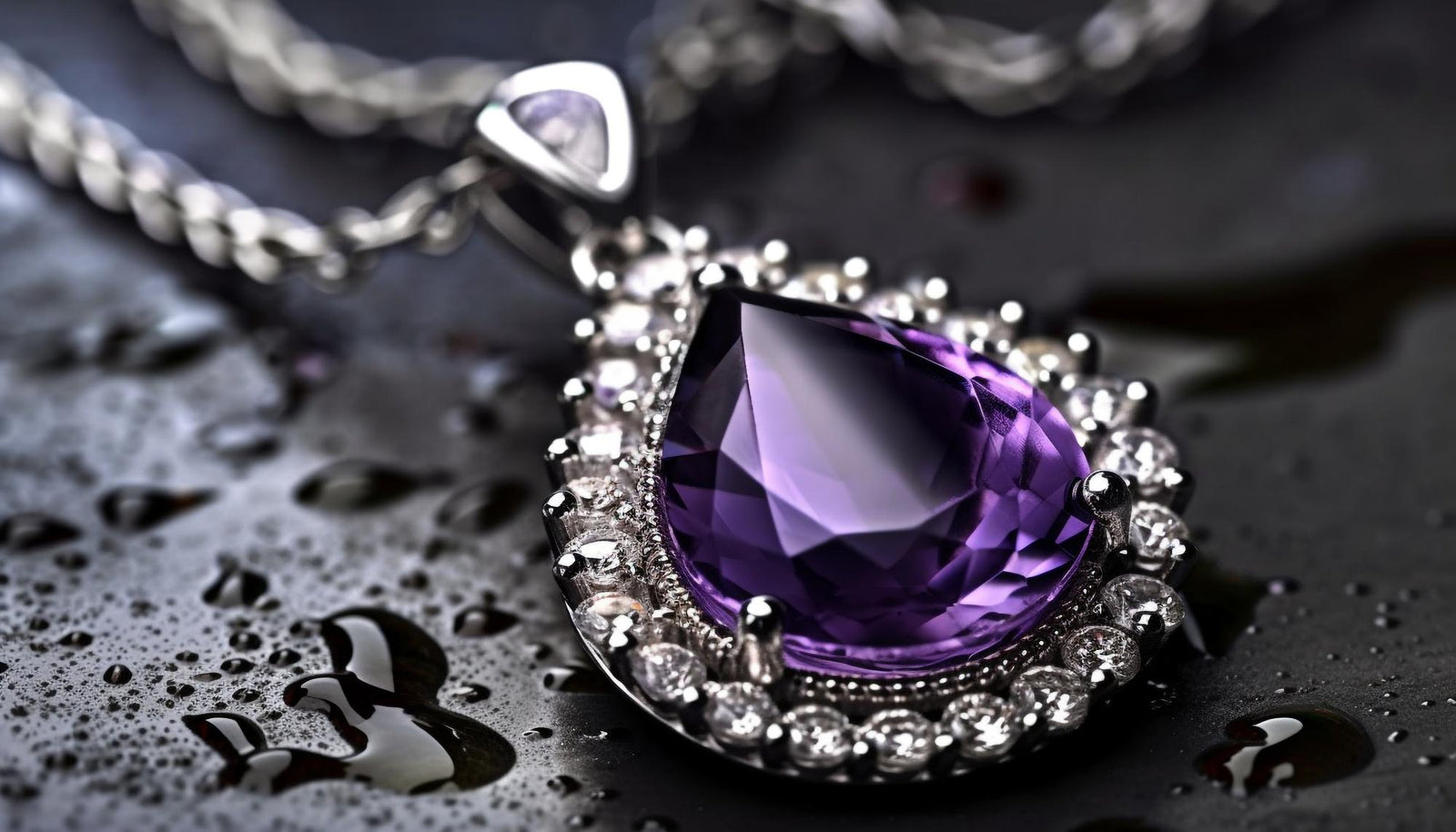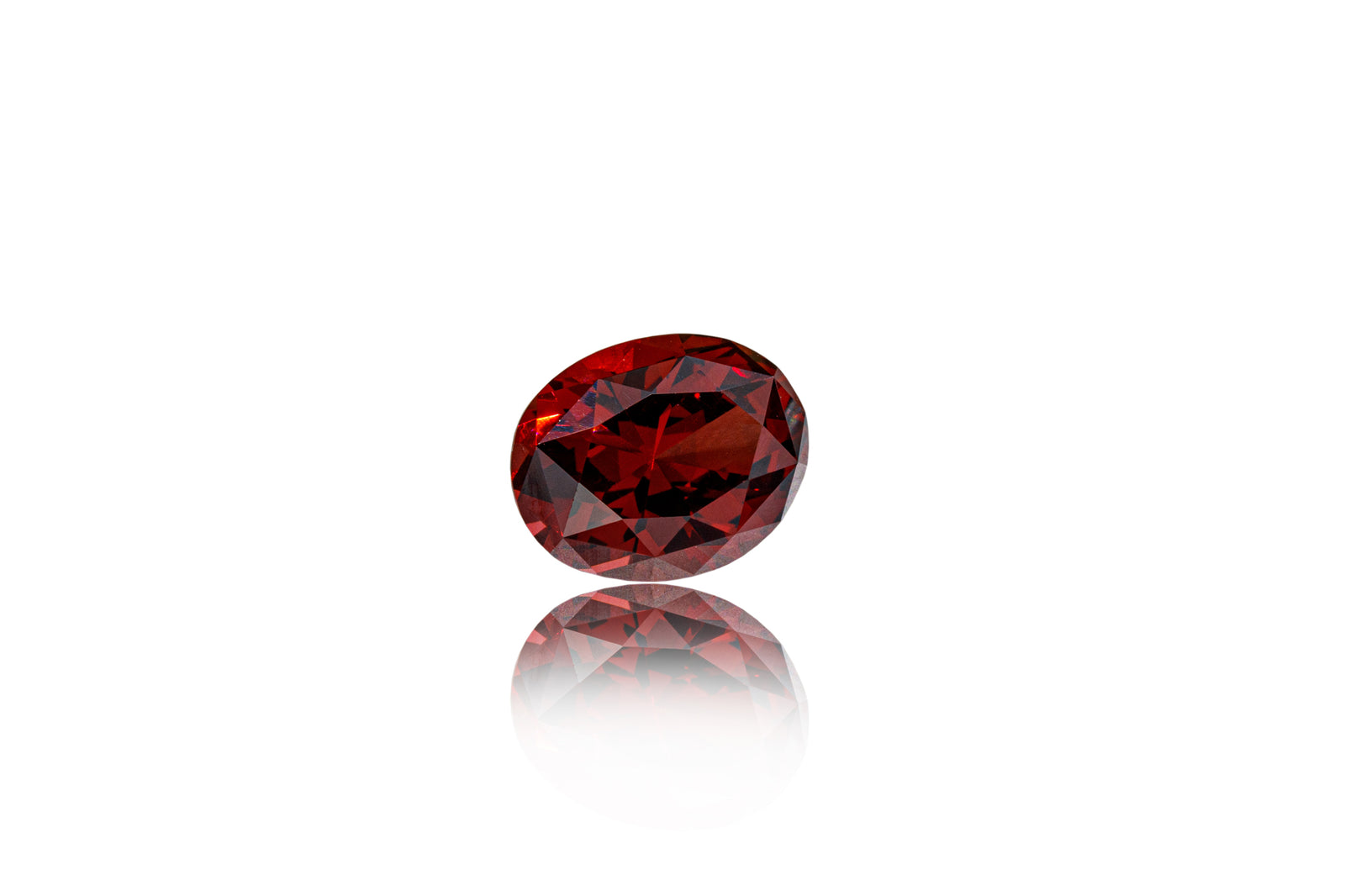It should go without saying that professional jewelers should handle jewelry maintenance. Although, sometimes one needs to polish a ring before a big event or clean a gemstone before a night out and can not make it to a professional. In this article, we will break down the best and worst ways to clean jewelry at home.
The Best Way to Clean Jewelry at Home is With Soap and Water
The easiest and safest way to clean or polish your engagement rings, wedding bands, necklaces, earrings, or other gemstones is simply soaking them in a mixture of soap and warm water. Let it soak for a few minutes, and gently scrub the gem with a soft bristle brush or toothbrush. After that, dry the stone with a soft, lint-free cloth. Since you are not using harsh chemicals, vibrations, or high temperatures, this is the easiest and safest way to clean jewelry.
Can I Use Ultrasonic Cleaners to Clean My Jewelry?
Using an ultrasonic jewelry cleaner or steam cleaning can be a safe option; however, you may risk further fractures if preexisting fractures exist or with softer stones. An ultrasonic cleaner emits high-frequency sound waves that form vibrations and bubbles in the water. This technique helps remove residue that is stuck on the jewelry or remove any tarnish.
Ultrasonic jewelry cleaners can be used safely on sapphires, rubies, aquamarines, garnets, and alexandrite in certain situations. Again, if the gemstone has any fractures, an ultrasonic jewelry cleaner may further those fractures and make them more noticeable due to the vibrations.
If you are considering using an ultrasonic cleaner, avoid using it on diamonds, pearls, emeralds, opals, peridot, tourmaline, topaz, and any kind of quartz such as amethyst, citrine, rose quartz, smoky quartz, aventurine, agate, jasper, onyx or tiger’s eye.
Can I Use Steam Cleaners to Clean My Jewelry?
A steam cleaner creates pressurized steam to remove dirt, grime, and oil. This technique can cause fracturing and possibly loosen the gemstone in its setting.
Additionally, not all gemstones can withstand the heat from steam cleaning. Diamonds, pearls, emeralds, opals, quartz, garnets, peridots, tourmalines, or topaz are unsafe to put through a steam cleaner.
You can use a steam cleaner to clean sapphires, rubies, aquamarines, or alexandrite gemstones.
The Worst Way to Clean Jewelry is With Household Cleaners
There are also many misconceptions about using household cleaners to clean gemstones. Although they seem to work initially, these substances can do more harm than good.
A few examples of household cleaners that will scratch, fracture, dull, or damage stones include toothpaste, ammonia, hydrogen peroxide, bleach or chlorine, vinegar, lemon juice, coca cola, baking soda, or boiling water.
Toothpaste is abrasive and may scratch the surface of metals. Ammonia, glass cleaner, or other similar household cleaners will cause the gemstone to become dull and may pit the surface of softer gems. Hydrogen peroxide can cause a chemical reaction and harm the metal’s finish. Bleach and chlorine will also cause damage to the metal alloys. Acidic substances such as vinegar or lemon juice are very abrasive and will damage the metal and the gemstones. Coca-cola or other carbonated substances will do the same. Baking soda is too alkaline, and boiling water will cause a deformation or weakening of the metal due to the metal encountering another piece of hot metal.
Howard's Diamond Center is Here to Help
Remember, if one must, the best way to clean any jewelry safely at home is with soap and warm water. Ultrasonic jewelry cleaners and steam cleaners have the potential to clean jewelry or gemstones safely. Using this technique elevates the risks of further damage if the stone has fractured or is already loose in its setting. This article is a general guide for most situations and does not cover every exact case. If you have any questions, reach out to Howard's Diamond Center. We have over 100 years of combined experience in the jewelry industry and would love to help.



















